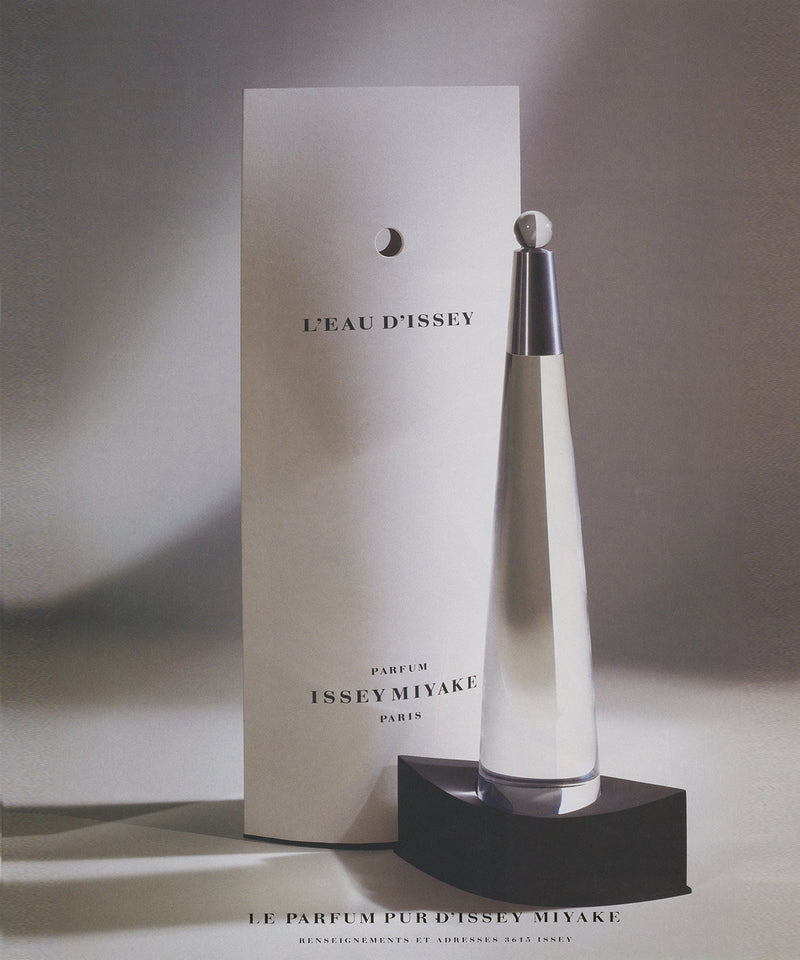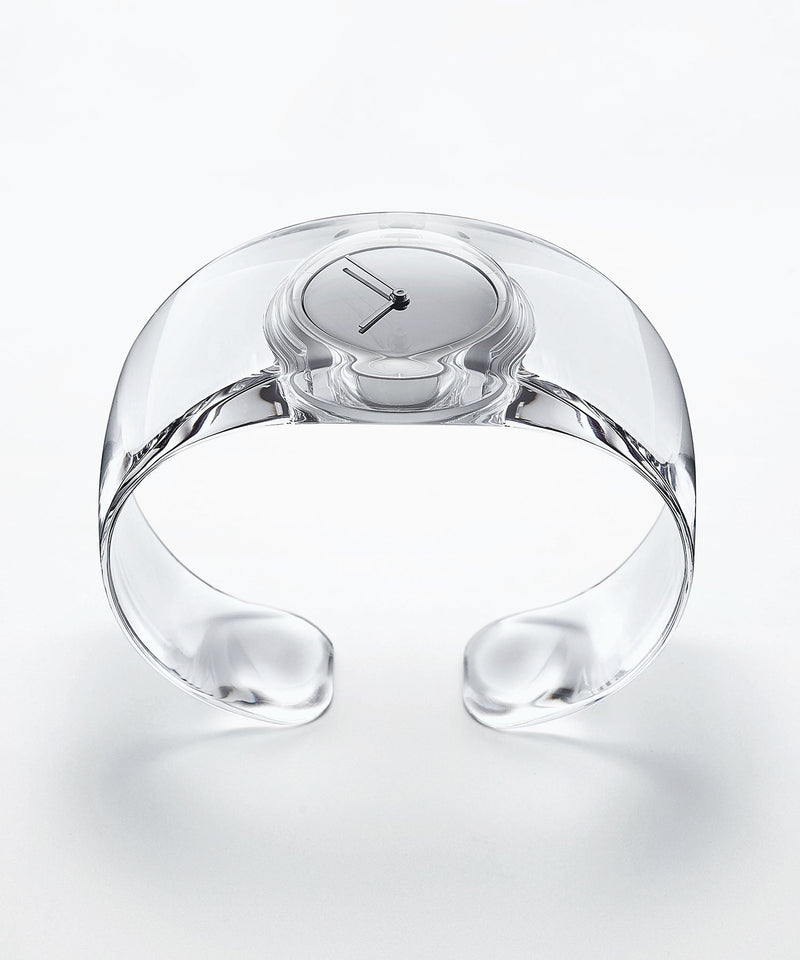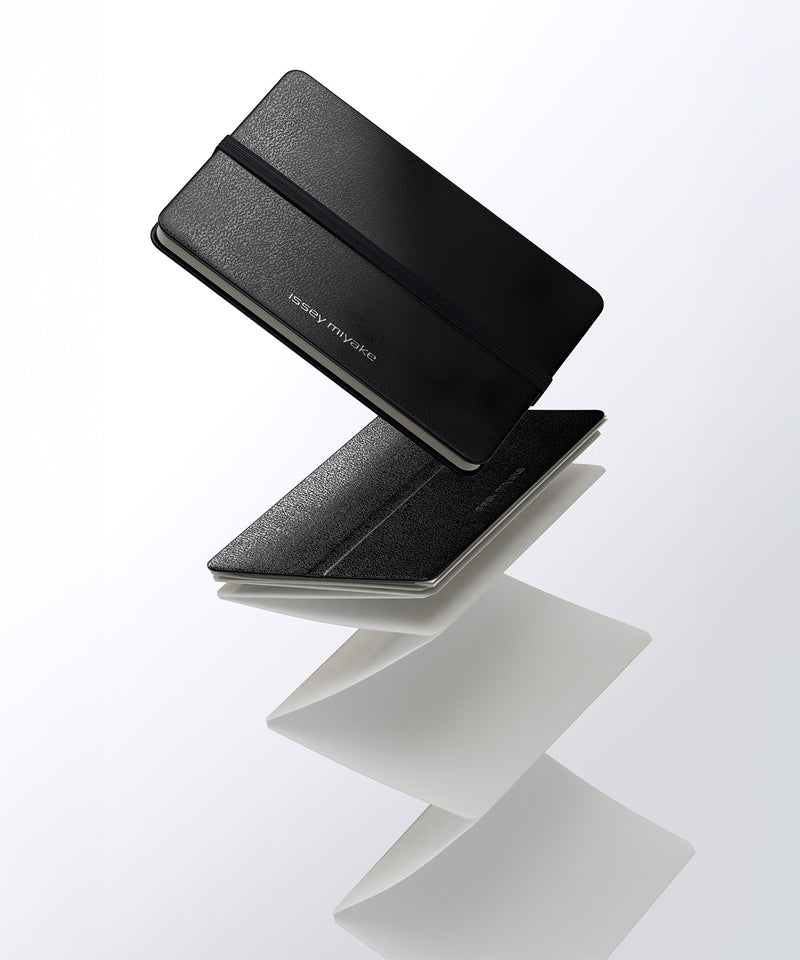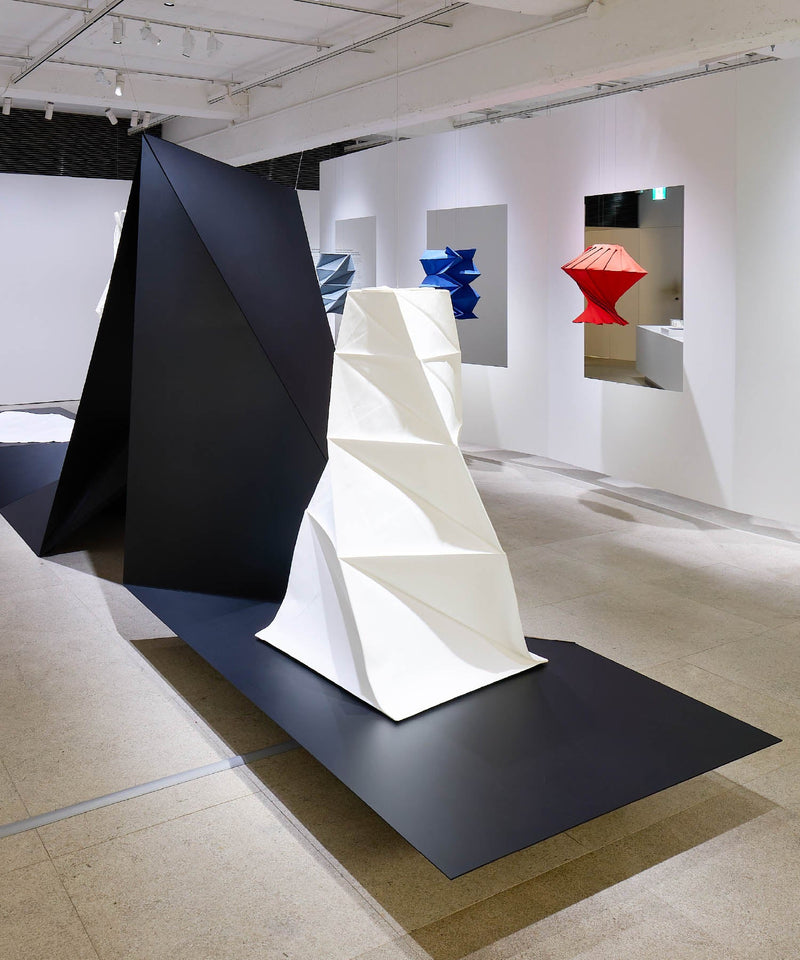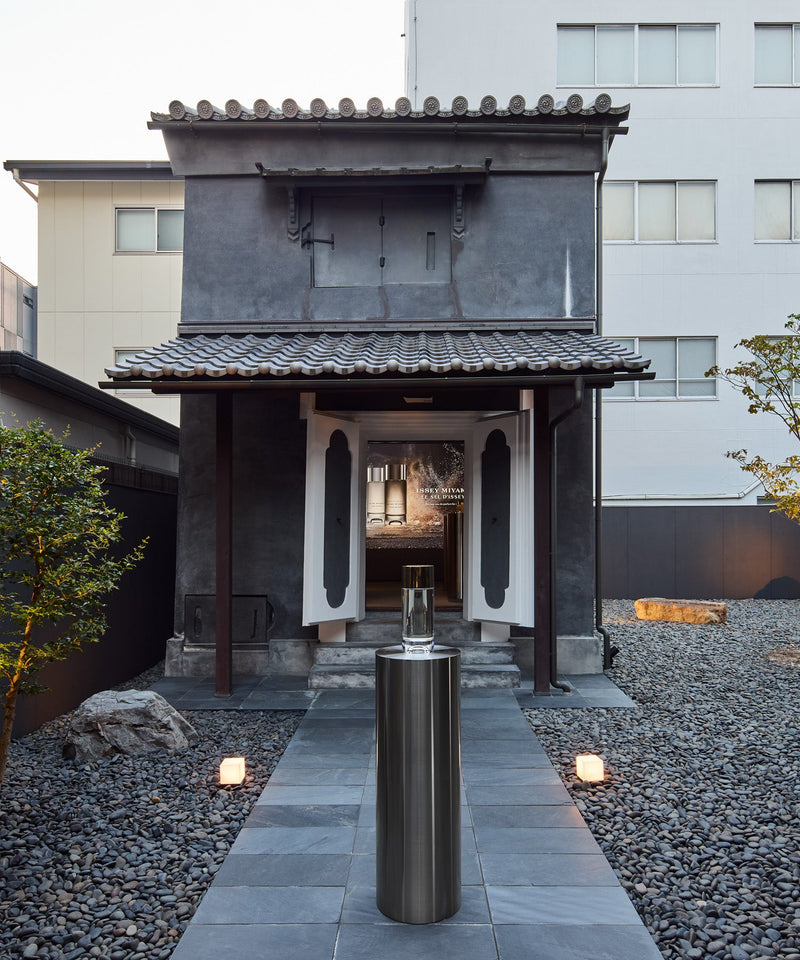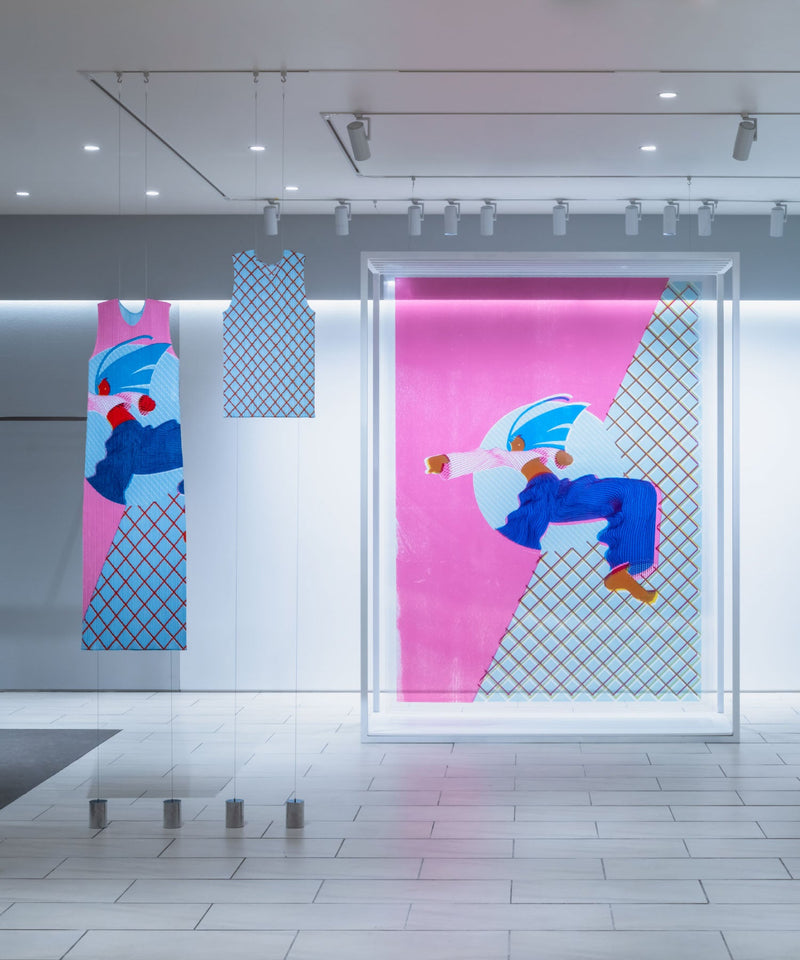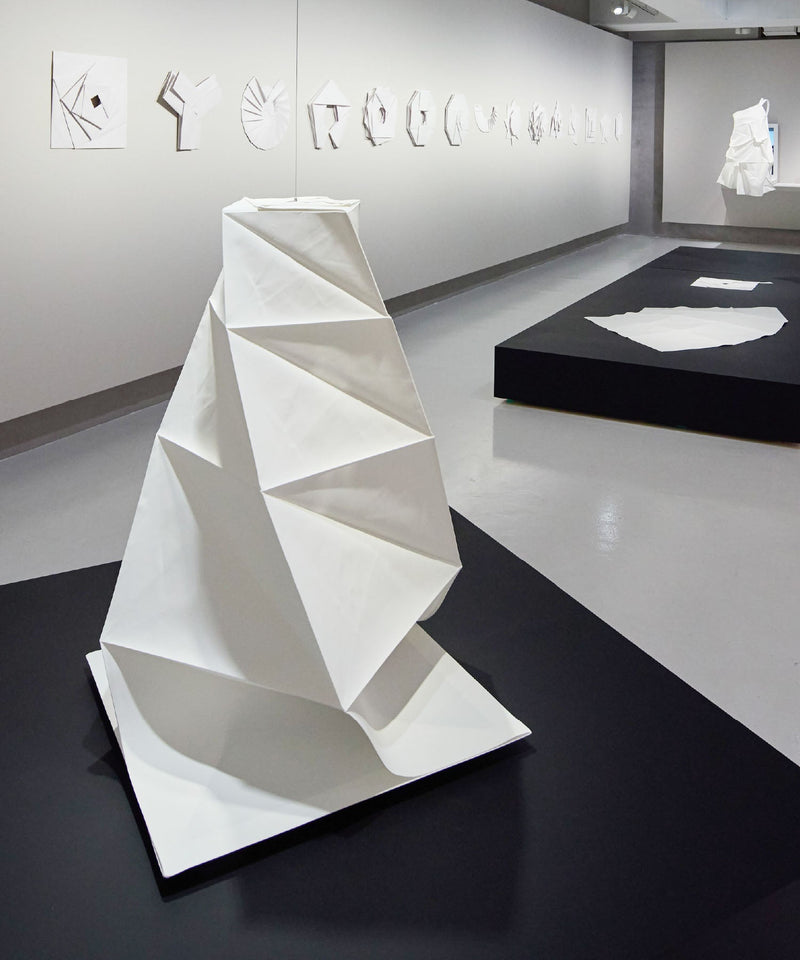A day in the life of Hélène
With PLEATS PLEASE
Part 4: Family trip
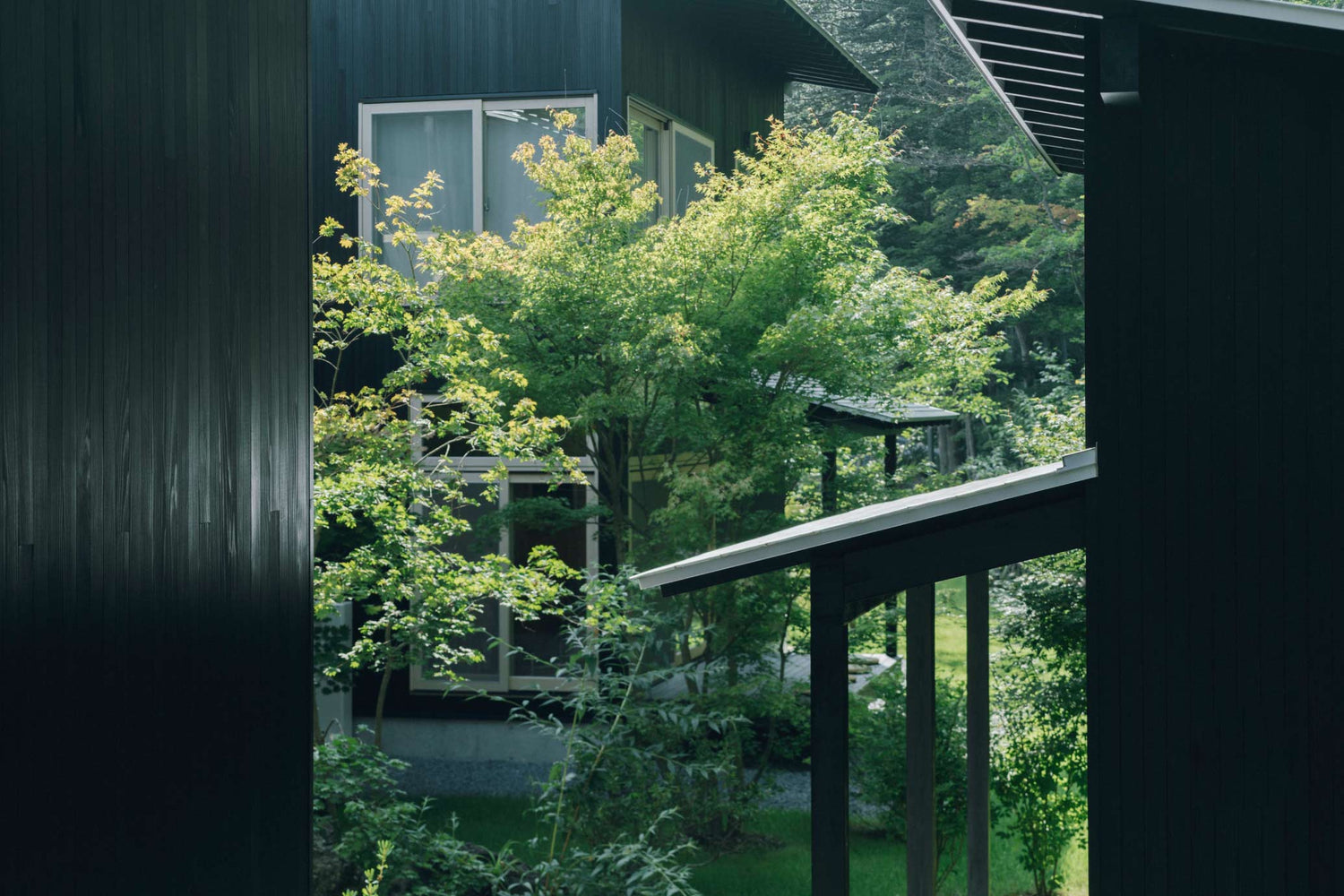
Her name is Hélène Kelmachter.
Séléna, her only daughter, has traveled from Paris to Tokyo while her university is on summer vacation.
Hélène has a small trip planned. They will stay at some examples of modern Japanese architecture. One will be an avant garde multi-family dwelling in the Tokyo suburbs; the other, a new lodging facility in the woodlands of Karuizawa.
The buildings are polar opposites in terms of architecture. Spending a day in each should be an interesting experience.
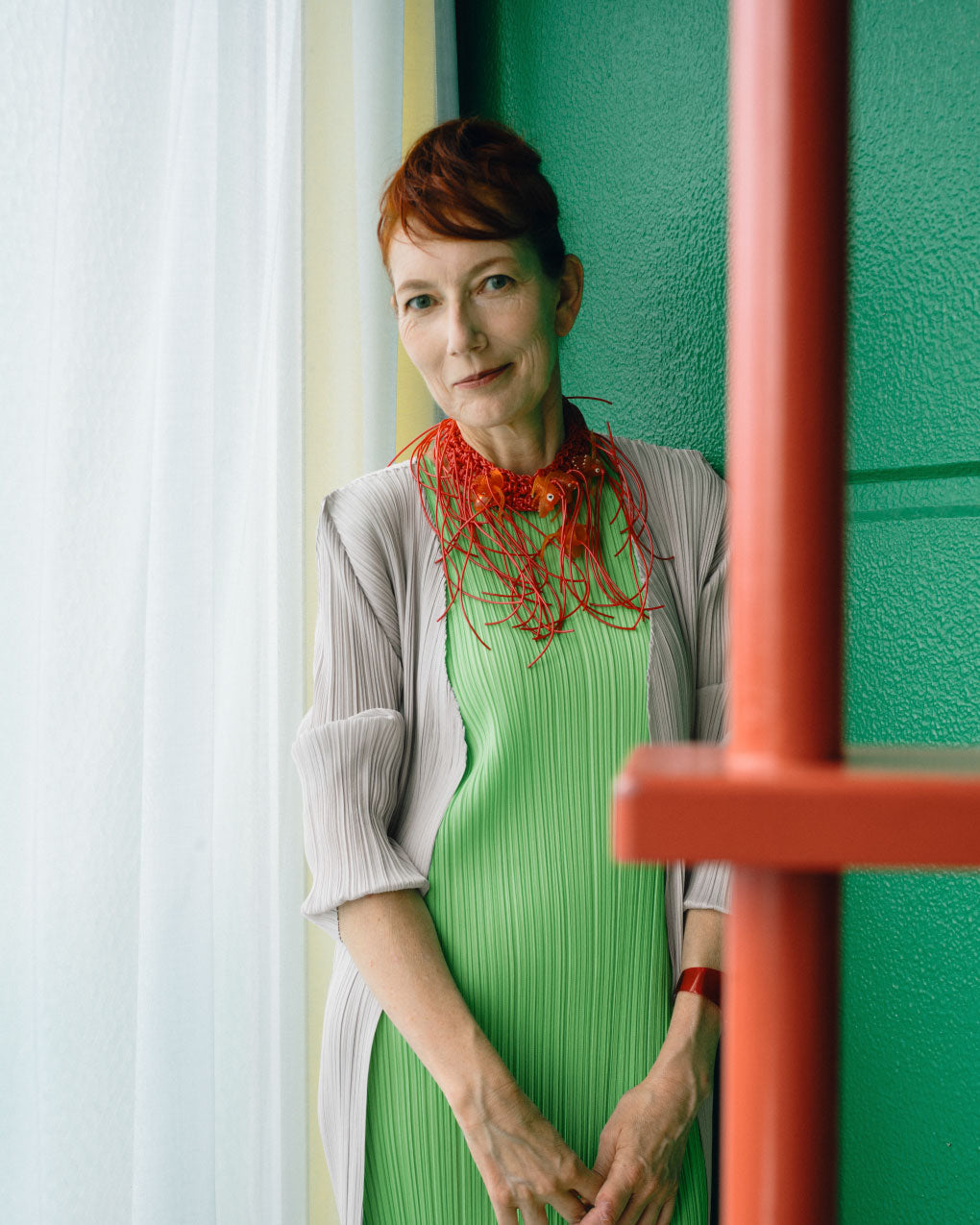
Day 1.
“The Reversible Destiny Lofts—Mitaka (In Memory of Helen Keller).”
Located on the outskirts of Tokyo in Mitaka, the building was conceived and designed by modern artist Shusaku Arakawa and his partner Madeline Gins, and was completed in 2005.
The multi-family dwelling has nine units decorated internally and externally with 14 vibrant colors, and some of the units are set aside for use as lodgings, telecommuting spaces, tour spaces, and other purposes.
When you enter, you encounter a floor that is both bumpy and on an incline. The stone room features round tatami mats surrounding a compact dining room and kitchen; the spherical room contains a shower, WC and laundry space. There are numerous rings on the ceiling so that residents can hang hooks and create their own storage spaces.
The space was designed and structured on the basis of long years of research by Arakawa and Gins so that it focuses on the bodies of each individual inside it. It asks people not to take environments and conditions as givens, but instead to use their bodies intentionally as they live, and in doing so attempts to make the impossible possible.
That is the concept of “reversible destiny,” and the buildings are “houses of immortality” that embody it as a work of art.
Séléna.
When she was 14, Séléna was scouted by a major modeling agency as she walked down the street. She often appeared on the catwalk, especially when she was living in Buenos Aires, and also as an advertising and magazine model.
At university, she is doing a graduate course in theatre, acting and stage direction. Her eyes shine as she talks about her ambition to act both on theatre stage and for cinema.
The two quickly grew at home in the space.
The tatami room was for reading and sleeping; the spherical room for posing; the kitchen for drinking tea. And they practiced their steps on the uneven floor.
“I am attracted to experimental spaces that are both artworks and architecture, as for example Kurt Schwitters’ Merzbau, Jean Dubuffet’s La Closerie Falbala, or Niki de Saint-Phalle’s Tarot Garden” said Hélène.
“The Reversible Destiny Lofts are very creative. Colorful, utopic artworks you can live in. The sense of scale reminds me of Le Corbusier’s ‘Modulor’ concept in how the proportions of the home are based on the proportions of human beings. It’s someplace I’d like to live for a while.”
Day 2.
From Tokyo Station they boarded Joetsu Shinkansen for an hour-long trip to Karuizawa. After a 15-minute taxi ride, they arrived in a dense, green forest with three detached buildings standing quietly amidst the trees.
“Shishi-Iwa House” is a hotel. The No. 1 (2018) and No.2 (2022) buildings are the work of Shigeru Ban; the No.3, which was just completed in May of last year, is by Ryue Nishizawa.
The idea is to use quality architecture to offer a creative retreat. The designers emphasize harmony with the surrounding natural environment, and they practice rigorous sustainability, using natural materials and recyclables to minimize CO2 emissions.
Hélène and Séléna stayed in No.3.
The black facade made of sugi (cryptomeria japonica) wood absorbs strong summer sunlight and brings out vivid greens of the surrounding trees.
The 10 guestrooms and a separate villa are loosely connected by verandas, hallways and courtyards.
The lounge, teahouse, terrace and other shared spaces are accompanied by four courtyards, and the scenery within the building changes as you move through the structured space. It is a homage to traditional Japanese architecture, with a modern emphasis on transparency and bringing the light into the room.
The guest room is bright and cheerful, the walls, floors and furniture all finished in cypresswood. The cypress adds a gentle, calming fragrance to the air.
During this summer weekend, after some intense and busy months preparing an exhibition at the Tokyo National Museum, Hélène is able to relax with Séléna, enjoying the conversation as they walk in the forest and dine in the restaurant located in No.2.
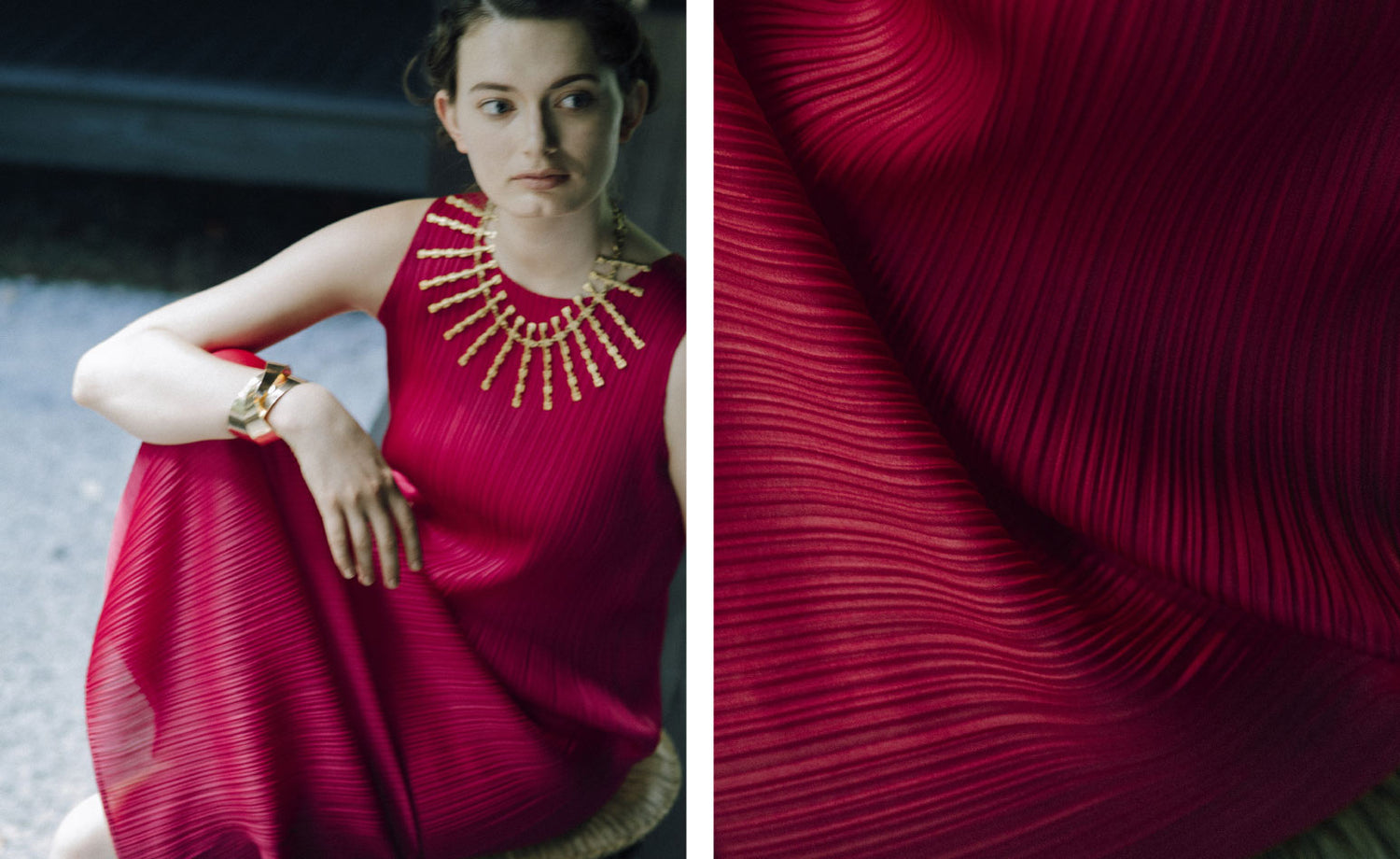
“Japan is a country full of brilliant architects who are both experimenting and echoing traditional Japanese architecture, revisiting it in a very innovative way,” said Hélène.
“This stay was like a dream. It was a wonderful experience. The lounge, outdoor walkways, and Japanese garden all encourage a meditative state where you completely forget about time. I had the same experience when I visited the Teshima Art Museum, which was also designed by Nishizawa. Séléna and I also enjoyed the bath house, and the dinner by Chef Masashi Okamoto was both delicious and beautiful, a taste of creativity!”

Both wore PLEATS PLEASE ISSEY MIYAKE BASICS and NEW COLORFUL BASICS. Lightweight and easy to handle, PLEATS PLEASE is perfect for travel.
Hélène chose accessories with impact, reflecting the artistic atmosphere of the places they visited.
“For Reversible Destiny Lofts, I wanted something colorful and playful that fits the spirit of the building.”
She chose a necklace from the ISSEY MIYAKE AUTUMN WINTER 2006 collection to go with her brown dress: “I like that, made from outdoor cord, it takes is “preciousness” from its singularity.”
For the mint green dress, she wore a necklace created by her friend, artist and designer Lya Garcia. It is a unique piece in plastic threads, echoing the world of childhood.
She also chose Lya’s accessories for Karuizawa.
“The necklace and bracelet with red and green feathers were created especially for me for the opening of an exhibition with the Yanomami Indians of the Amazon held by the Fondation Cartier in Paris, years ago. The gold thread extra-long necklace is another Lya creation. It’s not a question of materials; creativity offers another vision of luxury.”
The combination of the simple BASICS forms and creative or extravagant accessories brings out the best in both.
“This clothing is a space for creativity and freedom.”
Worn by: Hélène Kelmachter, Séléna Kelmachter—Styling by Hélène and Séléna. Accessories, bags, and other small items are from her personal wardrobe.
Photography: Kazumasa Harada
Hair and make-up: Hiroyuki Fuwa
Composition: Tamaki Harada + Mari Nakayama|Cawaii Factory
Concept and direction: Midori Kitamura
Shooting location: The Reversible Destiny Lofts—Mitaka (In Memory of Helen Keller) ©2005 Reversible Destiny Foundation.
Reproduced with permission of the Reversible Destiny Foundation.
Shishi-Iwa House










